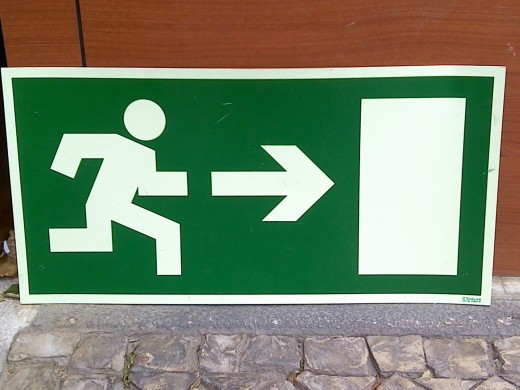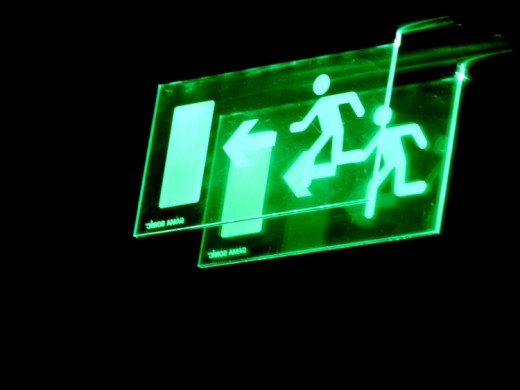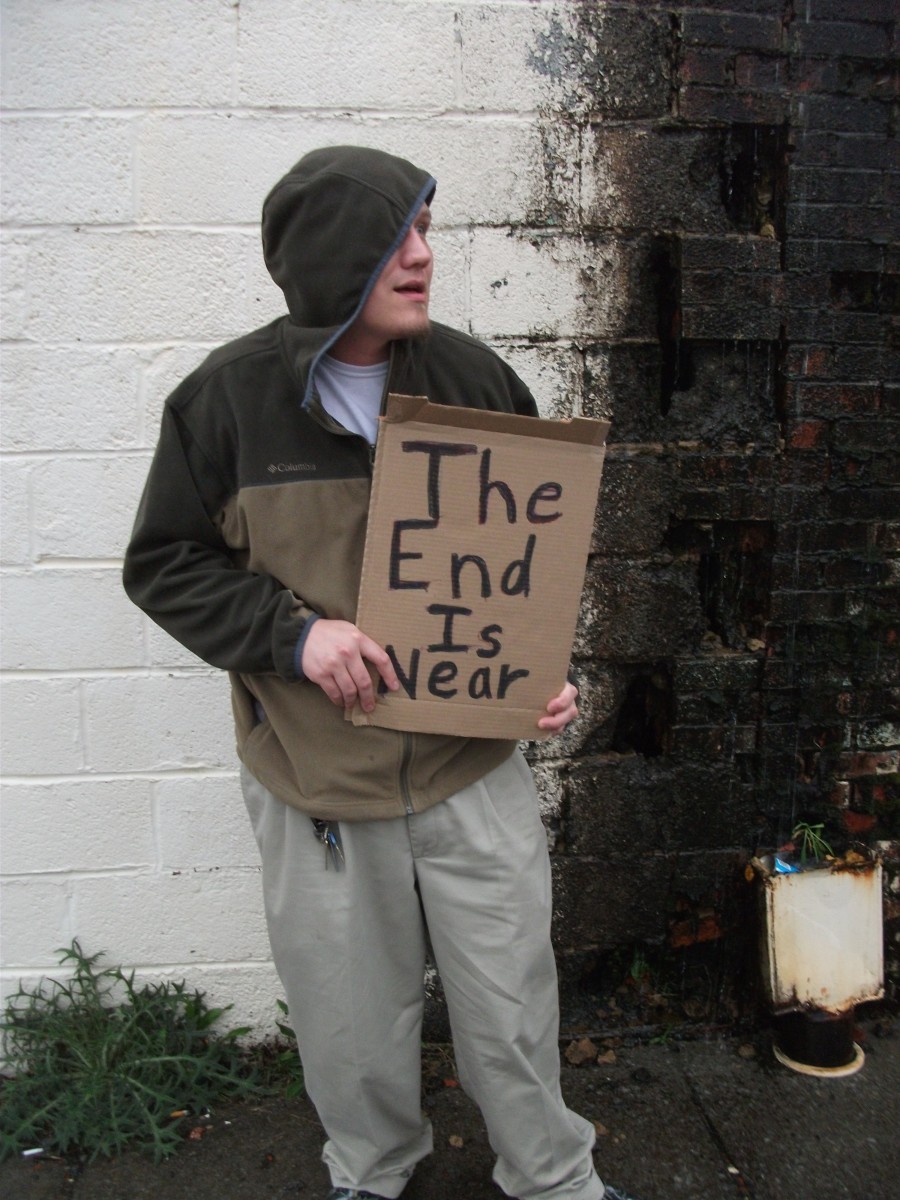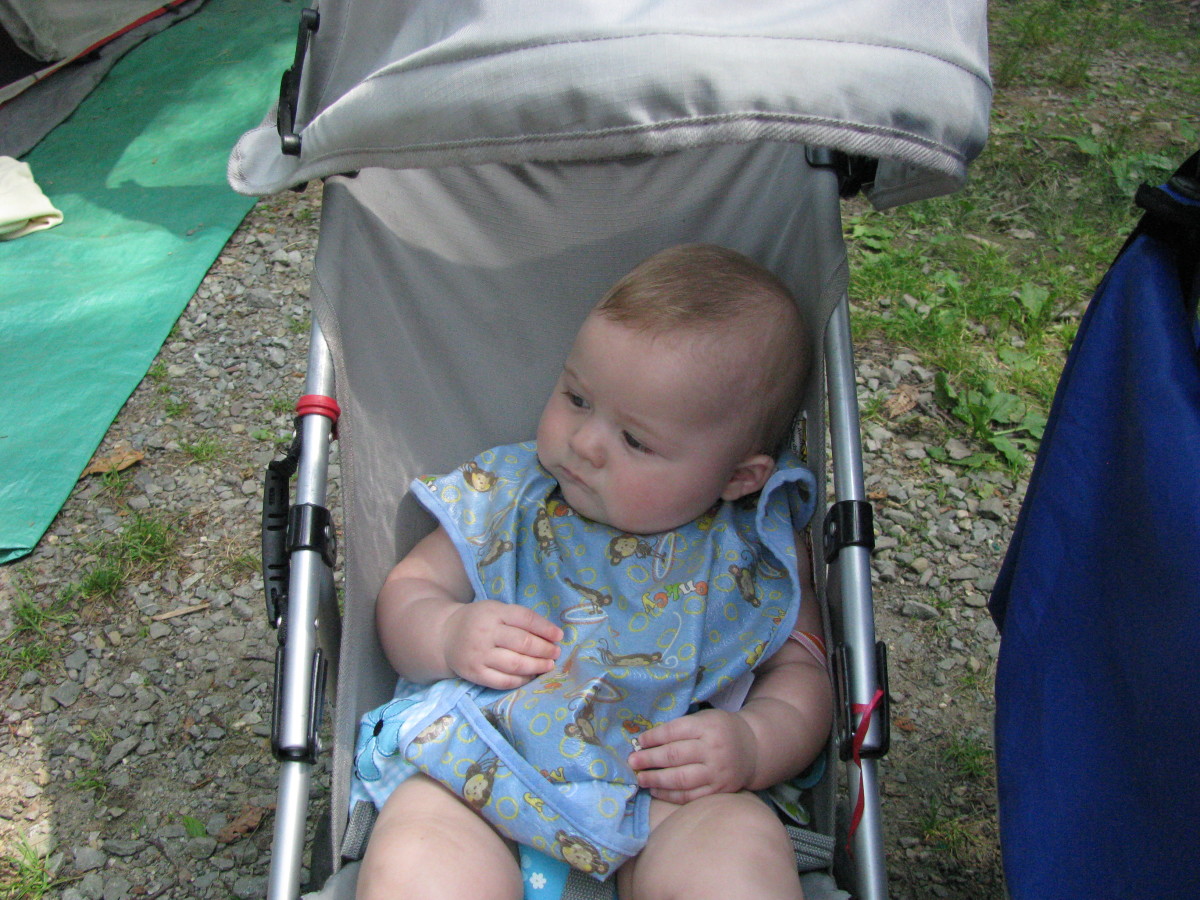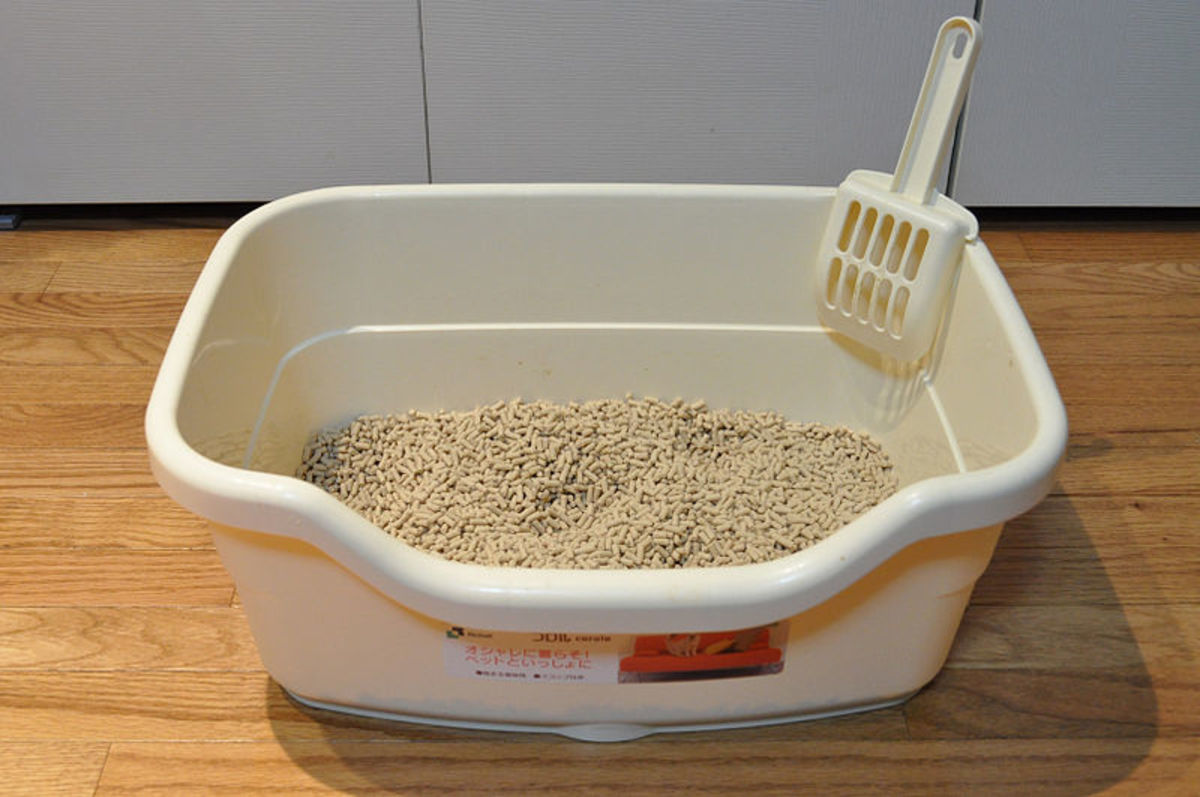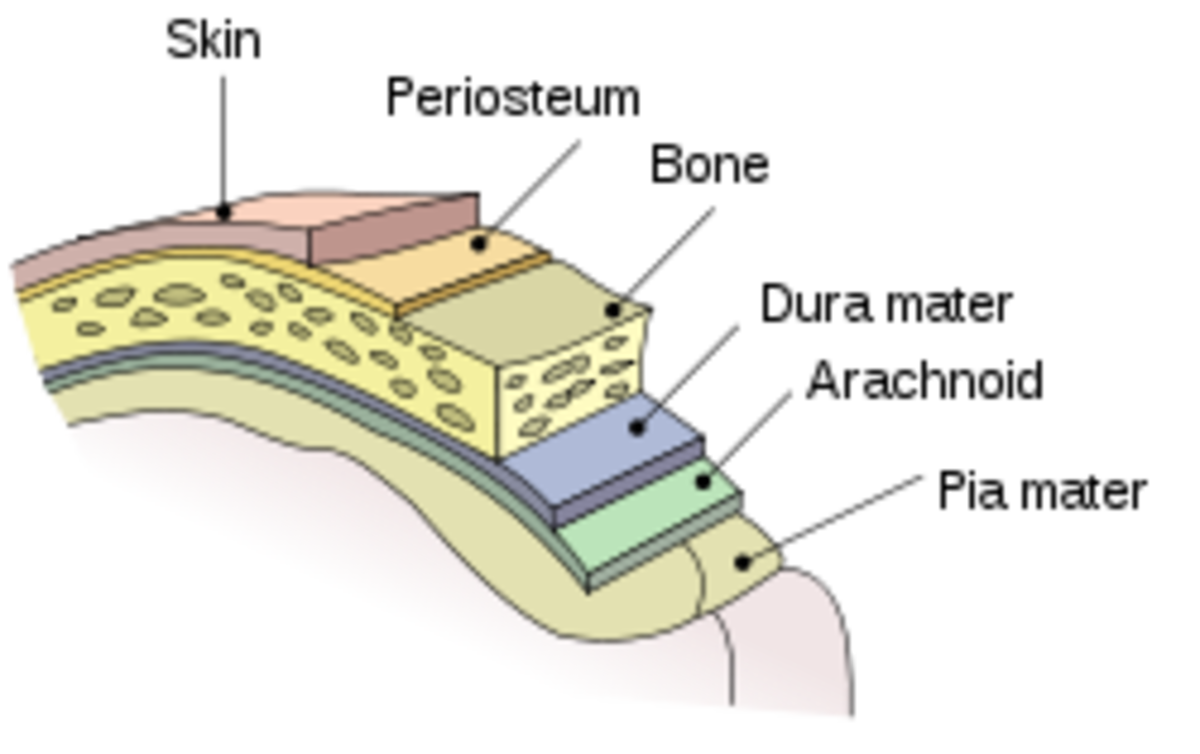Develop your family emergency plan
Better safe than sorry
Here is something we usually don’t consider: having an emergency plan. But the question is: why don’t we consider it? Obviously, we expect everything to go well and that no harm will come to us. These are good thoughts; after all we cannot live our lifes in fear.
Nonetheless, you just need to turn on the TV to be overwhelmed by an endless number of all sorts of accidents and catastrophes, from earthquakes to tornados, from fires to floods, you name it.
Now, these things happened to somebody and I’m sure they weren’t counting on it either, but it did happen.
So, can it happen to us, also? Yes. Will we live our lifes in fear? No.
But anyway, why not take a day off our busy schedule to develop an emergency plan for your family, just in case? After all, better safe than sorry.
Therefore, here are some tips you should consider when making an emergency plan.


EMERGENCY PLAN FORM - EXAMPLE 1
What is an emergency plan?
An emergency plan is a scheme of action in case an emergency occurs. The idea is for the players involved to know what their part is, what is to be done in case of an emergency, where they should go and what they need to have with them.
Because we are considering an emergency plan for a family, every plan needs to be different, considering the characteristics and needs of the family. It will make a lot of difference if you have small children, if you are a stay at home mom or not, if your children are grown or if you have a grandmother or grandfather living with you.
Depending on the people that make up the family and their needs, the plans needs to be adapted.
Now, an emergency can be a lot of things, in this case we will focus on major catastrophes like earthquakes, floods, tornados and the likes. Basically, events that make you leave your house, but when you discuss with your family the emergency plan you can also go through with them the steps in case of an emergency in the house, for instance a fire.
The best is for the family to sit down together and imagine what would happen in case of an emergency. So, discuss where you could be at different hours of the day or who needs assistance the most. For example, you can have one of your older kids, pick up a sibling at day care, considering that their school is closer to the day care center.
Discuss a place you could all meet, that could be safe and a second place just in case, or a second place depending on what kind of disaster you were talking about. It's very important to have a designated emergency meeting point. How long should the family members wait there for each other, before moving on and what should be done next.
EMERGENCY PLAN FORM - EXAMPLE 2
What comes out of all that brainstorming should be written down as a set of rules for every family member to know. Over time this set of rules may have to be adapted, because things change, you move to another house, your children grow up, you change jobs… Well, so many things can happen that it’s best to schedule a family meeting once a year to go over this and you can actually make it fun and try it out, like a drill.
Come up with a made up scenario of crisis, inform your family what will go on and when and have them go over the family emergency plan. See how it goes. Most likely you will have to make some adjustments in the end, but better at a drill, than during the real thing.
Steps to create an emergency plan
- Find out which are the most likely natural disasters that can happen in your area – add fire to that list;
- Consider your players and their specific needs – children, grown-ups, disabled, elderly and, obviously, any pets you may have;
- Find out if your city or town has any emergency plan ( they should) and where are the designated shelters in case something happens;
- Ask about the emergency plans at your work place, your children’s schools, etc;
- Consider if there is a safe place you may go, without using one of the shelters;
- Consider the basics you and your family will need to survive for a few days in the chaos that follows;
Sit down with your family and discuss all the information you have. Explain what is more likely to happen and how it happens.
Just to give you an example, in case of a major earthquake, it can all start with a light shake or you can hear a loud “bang”, very much like the sound of a supersonic airplane flying by or you can even hear a prolonged, extremely loud noise. Only after a second or two, will the actual earthquake hit. It’s important to know the signs so you can act immediately. Don’t wait until you are sure you are experiencing an earthquake, just take cover right away. So, not only, should you be aware of this, but also your family. Therefore, you should go over this, and other signs of catastrophes, with them and write it down.
Then go over the different places you all can be at and decide for each of those what is the course of action.
If you are all in the house, you should take your emergency first aid kit and emergency supply kit and get to a safe place.
If you are at work, decide how you will all get together as soon as possible and you will work from there.
Don’t forget that communications and transport are very important, but most likely our communications system will not be working and the roads will be jammed. If you can take your car and go, safely, that’s great, but you must consider you probably won’t be able to go far. So, think what you will do in that case.
Nonetheless, teach your children how to call the emergency number and, if there is family out of town (in this case, the farther away, the better) make sure your kids know their names and phones numbers and, if possible, where they live.
Now, if you haven’t done it by this day, here is something worth considering, while you are at it: take a first aid and CPR class. At least, two people in each family should do it, just in case the other gets injured. And, obviously, learn and teach your family the basics, namely how to use a fire extinguisher, how to turn off water, gas, etc, what are the safest places in the house in case of an accident and the best escape routes.
Are you ready?
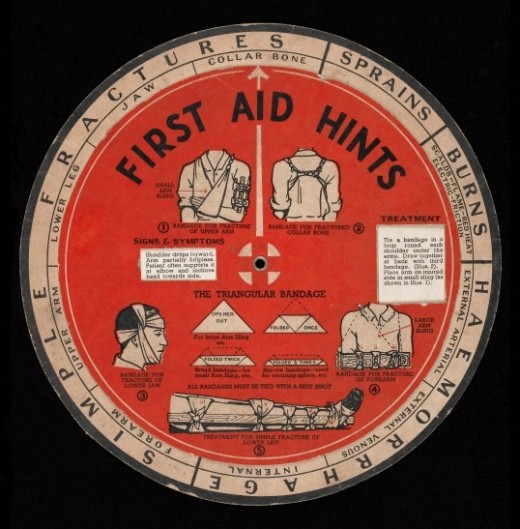
Emergency supplies
Ideally, an emergency supply kit would have a lot, a lot of things, because really you don’t know what’s going to happen and what you will need, and probably you will need everything. But here is the thing, it’s a catastrophe, it’s a disaster, it’s an emergency, you probably will have to carry everything yourself, no car, no nothing, so keep it simple, keep it basic:
- Water – yes, this is the first, the most important thing you need, so long as you have water, the rest you’ll figure out as you go along and you can keep fresh bottles of water in the car, in your work place, everywhere basically;
- Food – Non perishable food, so, cans of tuna, sausages, beans and the likes – you don’t need a refrigerator for these, they come in small cans you can easily transport and they have long expiration dates;
- Flashlight;
- Some batteries;
- Battery powered radio;
- An extra cell phone and a charger;
- Copies of most important documents;
- List of contacts;
- Basic hygiene products;
- Manual can opener;
- Map;
- Some money;
- First aid kit: alcohol wipes or ethyl alcohol, bandages, soap, scissors, mouthpiece for CPR, tweezers, thermometer, instant cold packs, safety pins, adhesive tape, sterile gauze pads, antiseptic wipes, gloves and emergency blanket, a splint; Finally, don’t forget to through in some generic medications, such as ointments for cuts and bruises, some acetaminophen and ibuprofen and extra prescription medications for the family.
Once you have all these items in place just put them in a backpack, so it’s always ready to go if necessary. At the same time, be sure to keep a stock of these items at the house in case you are stranded.
Be sure to replace the water and food supplies from time to time, considering expiration dates on the products.
Feeling safe enough
After developing a proper emergency plan and deciding the emergency meeting points, don't forget to put the plan into practice. You'll probably detect flaws that you can correct and, of course, updating the plan is something you must remember to do from time to time.
With a proper emergency plan, come what may, you are ready. Let's hope you never need it, but if you do, at least, you know that you and your family are prepared and you will find each other and, that may be the best confort we have at terrible times, knowing we have our loved ones close by, that they are with us and that together we can overcome anything.
Feedback
Don’t forget to leave me your comment and vote on the hub.
For more information check out my profile and stop by my other hubs.
And if you enjoyed, maybe you can also join us here at Hubpages, it’s fun and free and you can click here.
© Copyright Apr 04 2012 / Algarveview.hubpages.com. To use part or the whole article you must first get written permission from the author. Feel free, nonetheless, to use an intro of the hub with a link to the article here on hubpages for the rest of the article.
© 2012 Joana e Bruno

